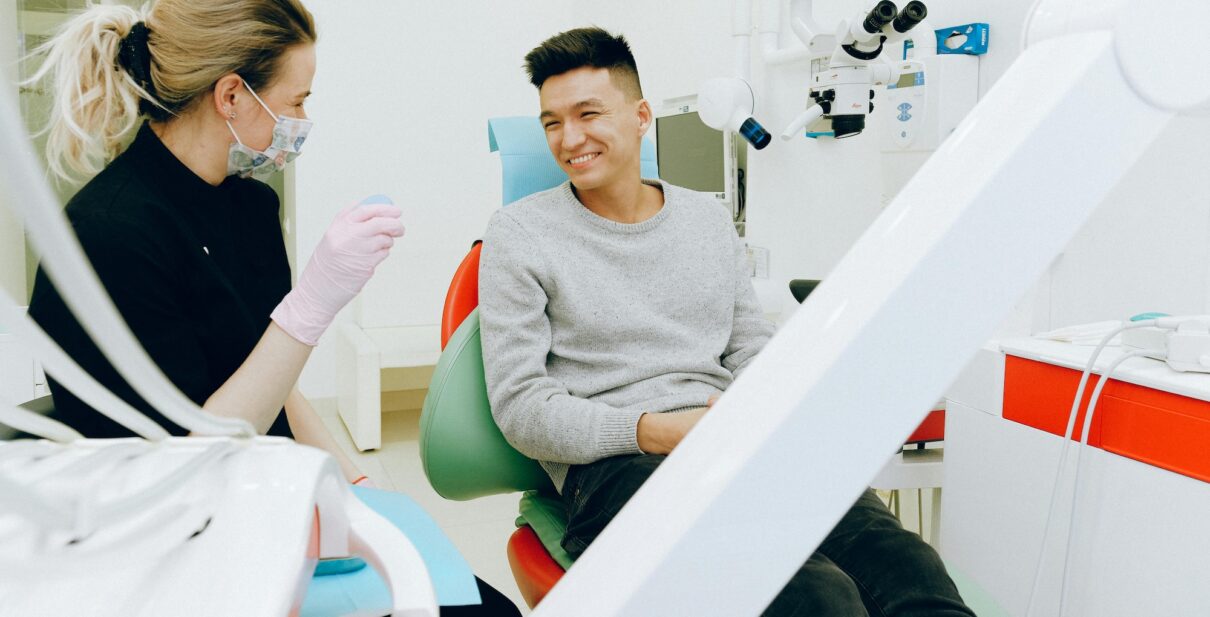Preventive care is oftentimes thought of as an optional expense, such as something one considers when time and finances permit. But its true role is much more important. By pinpointing possible health problems before they become serious, preventive measures can greatly minimize medical costs over the years. Regular checkups, screenings, and early interventions not only protect health but also avoid expensive emergency treatments. Insurers reward this approach because it reduces claim frequency and helps maintain lower premiums for policyholders.
The key to preventive care is consistency. The regular checkups and timely evaluations facilitate better monitoring of changes in the body, and thereby, early warnings become easily possible. People who commit to prevention generally have fewer hospital admissions and fewer major medical claims; thus, it is a win-win situation for both the insured and the insurer. This proactive attitude, over time, converts health insurance from a safety net to a wellness investment in its true sense.
Connecting Daily Habits to Long-Term Savings
The connection between daily routines and long-term health insurance expenses cannot be overemphasized. Simple activities like eating healthy foods, having sufficient sleep, and avoiding too much stress all contribute to keeping a person well. With lifestyle changes, individuals can prevent chronic diseases from consistently raising health insurance claims. Prevention is not limited merely to visits to the doctor but also to making more positive health choices that make the body stronger and lower the risks.
Regular dental care is a perfect example. Regular visits to a dentist Northern Beaches clinic for cleaning and checkups may be minor, yet they prevent issues like gum diseases or infections that may result in more complex treatments. The cost of prevention is minimal compared to restorative procedures that may follow years of neglect. Insurers recognize this and often provide incentives or rebates for those who maintain consistent preventive appointments, as it reduces the likelihood of costly interventions later on.
The Role of Holistic Approaches in Preventive Health
Modern health management transcends the boundaries of conventional medicine. People are increasingly embracing integrative approaches that blend medical expertise with holistic therapies. This harmony among body, mind, and lifestyle creates a much healthier foundation for wellness in the long run. Prevention nowadays involves physical, emotional, and mental support to keep the whole person healthy.
For example, some of the Southport natural therapies centers focus on natural ways of reducing stress, improving circulation, and boosting the body’s immunity. These may be complementary treatments, but in the prevention of disease and increasing the recovery rates, they play a vital role. By treating the causes of imbalance, rather than just the symptoms, holistic care supports the same goals of prevention as more traditional medicine. A growing number of insurance providers now recognize the value of such therapies, incorporating them into wider health plans that encourage proactive self-care.
How Insurers Benefit from Preventive Care
From the point of view of insurance, prevention means stability and less financial burden. When clients take responsibility for their health, claims become more predictable, and serious conditions are at a minimum. Such a balance enables insurers to provide better policies and control premium growth. Simultaneously, it builds trust between the clients and providers by reinforcing the belief that insurance covers not just emergencies but wellbeing.
Insurance companies increasingly align their offerings with the growing interest in preventive and wellness-based care. Policies that reward healthy behaviors, such as annual screenings, dental cleanings, or participation in wellness programs, encourage clients to engage with their health on a more proactive level. These small incentives instill lasting change, shifting the focus from treatment to prevention. The financial advantages accumulate over time, helping individuals and insurers alike manage the greater costs of health care.
The Future of Health and Insurance
The health systems around the world are recognizing that prevention is the key to sustainability. As populations age and medical costs rise, there is a collective need to focus on long-term health maintenance rather than crisis management. How well insurance can integrate preventive measures into every plan, keeping its clients healthier for longer, will probably be the future of insurance.
Preventive care fosters a sense of accountability, too. The more invested people are in their health, the more connected to wellbeing they become and less reliant on reactive models of treatment. This ultimately makes a big difference in the way people think about insurance as a partnership, rather than an exchange.

Creating a Culture of Prevention
Awareness is the first and foremost step toward building a culture of prevention. Encouraging people to get regular check-ups, be active, and try complementary therapies normalizes taking care of one’s self. Communities that support preventive activities realize tangible outcomes: lower health costs and enhanced lifestyles. More employers are now offering workplace health education and preventive activities as an increasing number understand its correlation with productivity and morale.
Personal responsibility reinforces these benefits significantly. Small steps, such as managing diet, reducing screen time, and prioritizing sleep-all these contribute toward a generally healthier society. As these preventive practices become part of daily routine, so too does the insurance model evolve with them to create a healthier and more cost-efficient future for all.
Conclusion
Preventive care is more than a medical strategy; it’s a long-term financial and personal investment. By addressing small issues early, individuals avoid major medical expenses later. Whether it is regular dental visits on the Northern Beaches or options in holistic wellness in Southport, these choices reflect a commitment to staying well before problems arise. With insurers continuing to recognize the economic value of prevention, how individuals and providers come together to keep wellness at the forefront will likely be the future of healthcare and insurance.




